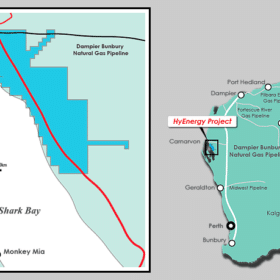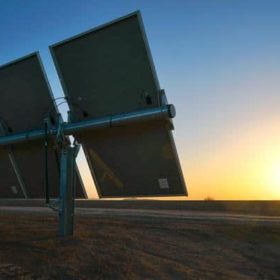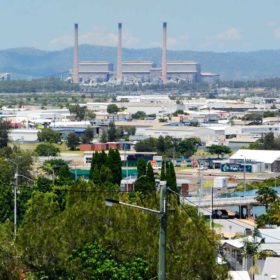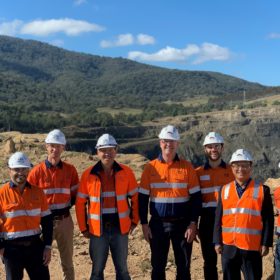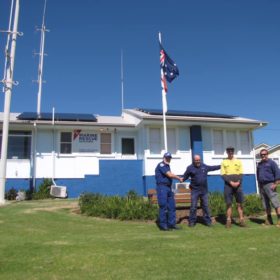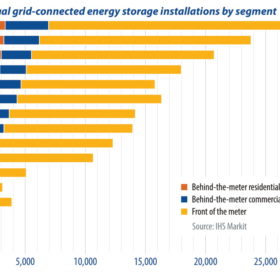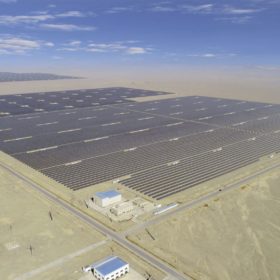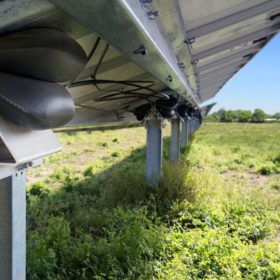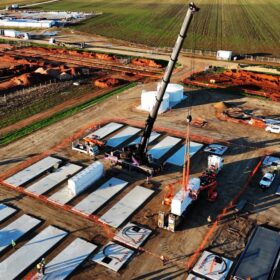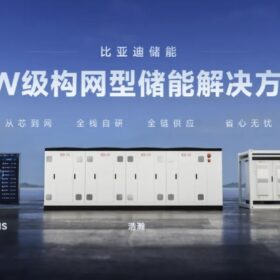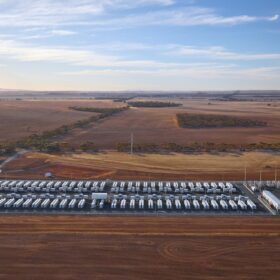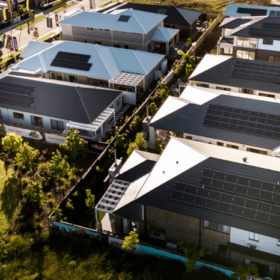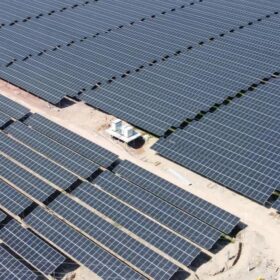WA green hydrogen project grows from 1 GW to 8 GW, following commitment from French powerhouse
Province Resources has signed a Memorandum of Understanding with French giant Total Eren, which could see the two companies have equal shares in Province’s HyEnergy Zero Carbon Hydrogen project proposed in northwest Western Australia. Importantly, the ambition of the project seems to have grown significantly with the commitment of heavy hitter, Total Eren, with Province now saying it plans to install 8 GW of renewable energy capacity, far more than the 1 GW which caused a stir when it was announced earlier this year.
Green hydrogen and the cable-pipeline dilemma
New research from Singapore has found that gas pipelines for the onshore transport of green hydrogen and the cables for the transport of electricity to produce it at a distant location have similar costs at a 4000 km transmission distance. For longer distances, gas pipelines were found to be cheaper than cables, although the electric lines are said to benefit from scaling up and higher utilisation. For both options, however, a currently too high hydrogen LCOE remains the biggest barrier to overcome.
First Solar claims lowest module degradation rate in the industry
The US cadmium telluride thin-film module maker said its Series 6 CuRe panels are able to retain 92% of its performance at the end of the 30-year warranty. The improved stability of the product was achieved by eliminating copper and placing Group V elements such as antimony or arsenic onto the tellurium crystal sites.
The manufacturing multiplier of BZE’s Renewable Energy Industrial Precincts
Business synergies, employment opportunities, leadership in decarbonising world markets. BZE has the ear of the Prime Minister, and research to inspire a statement of intent for renewable-energy-powered, competitive Australian manufacturing.
Hunter Valley coal void moves closer to filling with pumped hydro
AGL is transforming its operations in a number of ways, from restructuring the company itself, to building energy storage facilities for flexible distribution of renewable energy into the future.
Solar-battery system saves lives securing power for Marine Rescue Narooma
In stormy weather or transmission-melting days, a Marine Rescue operation can’t be left powerless. A solar system keeps the lights on and communications clear.
SA’s $1.08 billion deal with the Feds to produce more gas!
Australia’s most renewable state has signed a joint funding deal with the Commonwealth Government that hypes gas production, and downplays its considerable renewable-energy benefits.
Sunday read: Strong growth ahead for storage
Annual battery storage installations will exceed 10 GW/28 GWh in 2021, following a particularly strong year in 2020, despite the challenges created by the global pandemic, writes IHS Markit analyst Mike Longson. Combined solar and storage will be a core focus for new deployment in 2021, as the front-of-the-meter and behind-the-meter energy storage markets are both expected to grow significantly in the months ahead.
Saturday read: China’s push for decarbonisation
The carbon market is finally a reality in China. After 10 years of delays, regional pilot schemes and general uncertainty, China’s national carbon market became a reality on Feb. 1, 2021. Over time, the scheme is expected to support China’s gradual shift away from coal toward more solar and wind in power generation.
United States county uses innovative method to identify optimal solar sites
A U.S. research group has used high-resolution data to drill down to individual parcels of land, in order to figure out how much space is available for solar at optimal locations and preferred sites.
